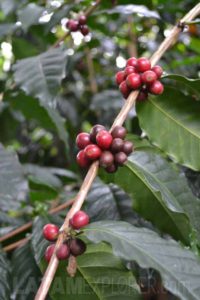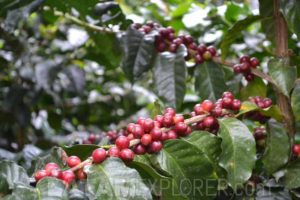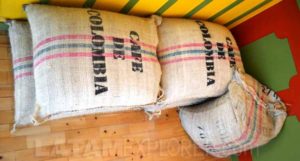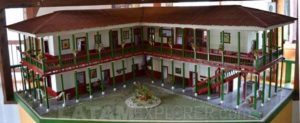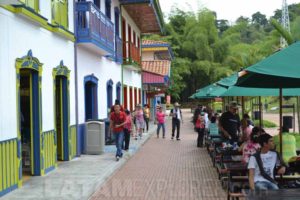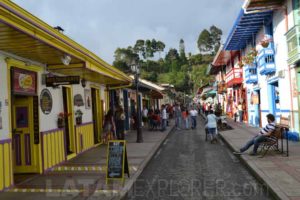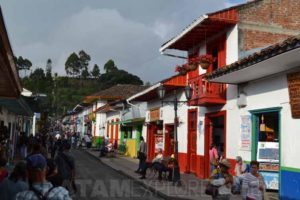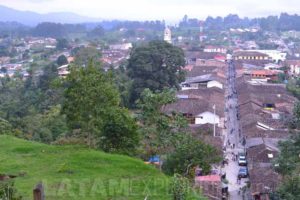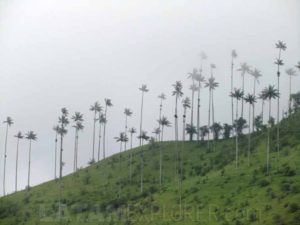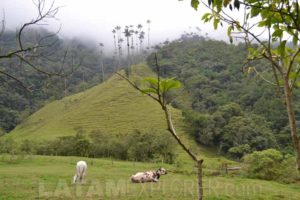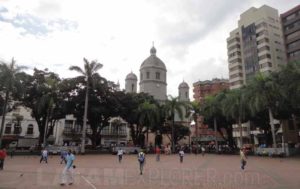Home > Destinations > Colombia > The Coffee Growing Axis
The Coffee Growing Axis
This area, covering the departments of Caldas, Quindío and Risaralda, might even be, sure enough, better known as the heart of the Colombian coffee growing axis. Those willing to travel the area, however, will realize that its enchantments extend far beyond the excellent quality of the coffee grains grown here. This region features small and picturesque towns, which welcome visitors that can't help admiring the wonderful natural landscapes framed by Andean slopes.
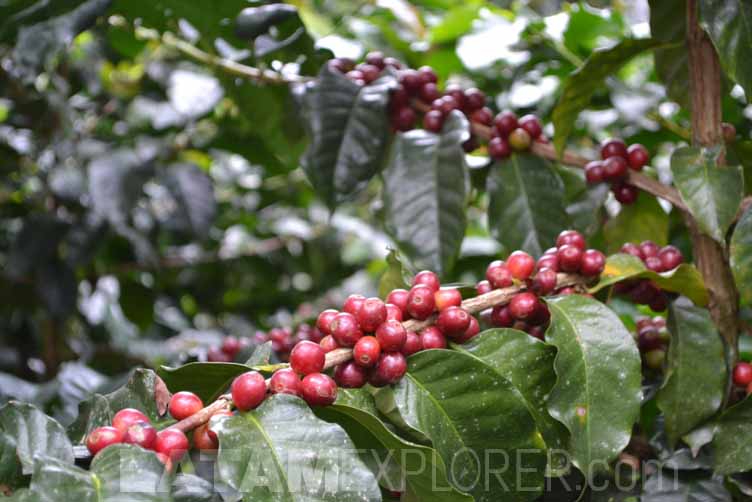
The largest city and main gateway to the area is Pereira. Risaralda's capital is a surprisingly modern city, sitting 1,500m (4,920ft) above the sea level and home to about half a million people. It is located in the middle of the triangle formed by the country's three largest cities: Bogotá, Medellín and Cali, besides being strategically positioned within the coffee growing region, more or less half the way between Manizales and Armenia, capitals of Caldas and Quindío.
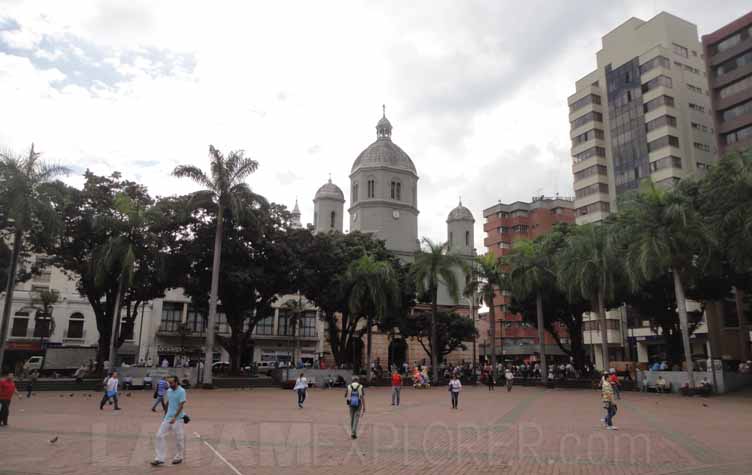
Armenia is possibly the departmental capital better suited to serve as a base in the area from a touristic standpoint. Located 45km (28mi) south of Pereira, Armenia is not an attractive kind of place on its own right, particularly following the major reconstruction that took place following an earthquake in 1999. Attractions near Armenia, however, make the city a very convenient hub.
The main touristic attraction of Quindío, and likely of the whole coffee region, is Salento. This small town is located 26km (16mi) northeast from Armenia and presents an impressively beautiful and well preserved architecture. Its colorful colonial houses appear to line up one after the other, almost invariably featuring flowered balconies. Salento streets offer a nice variety of bars and restaurants where great dishes of the local cuisine, usually including trout, can be tasted together with a shot of the best Colombian aguardiente. The Alto de la Cruz viewpoint, located near the center of the city climbing the stairs at the end of Calle Real, allows for nice panoramic views over Salento and the green woods surrounding it.
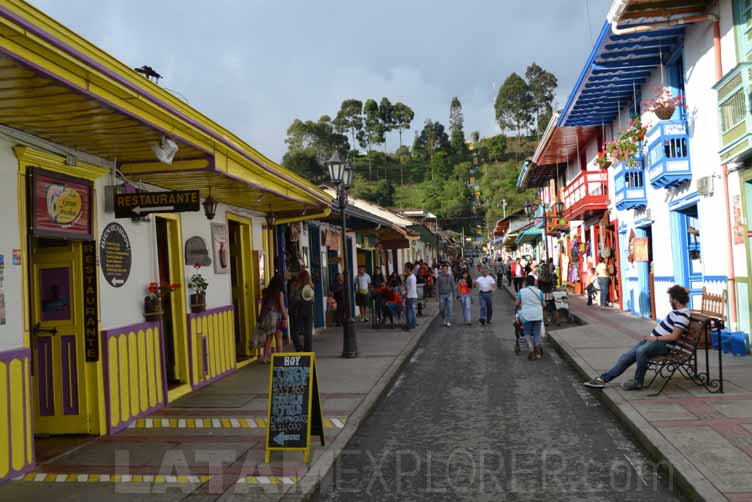
The Cocora Valley, 10km (6mi) east of Salento, is a natural add-on to any visit to this town. Located between 1,800m (5,900ft) and 2,400m (7,500ft) above the sea level, the valley is known primarily due to the abundant presence of Wax Palms (Palma de Cera), the tree that is a symbol of Colombia and that reaches heights up to 60m (200ft). The most common way to get to the valley is riding a World War 2 Jeep, known as "Willy", from Salento's central square. The park is usually visited on foot or riding a horse. Keep in mind that the weather is quite instable in this area and that fog and rain are frequently meeting visitors at some point of the day.
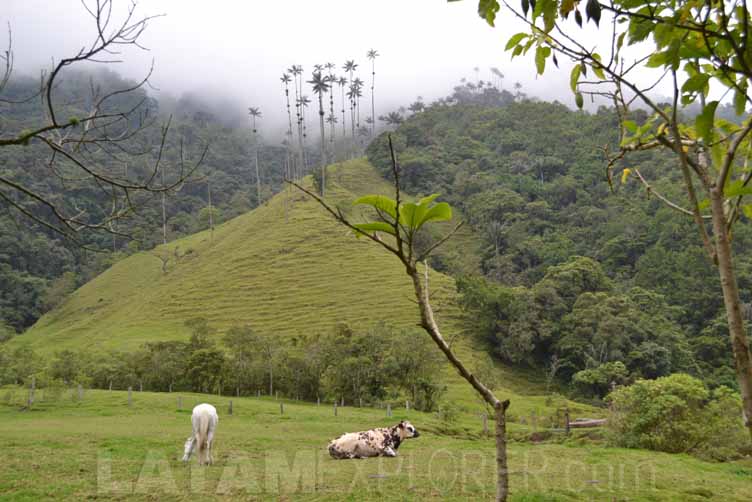
The National Coffee Park (Parque Nacional del Café), just 16km (10mi) west of Armenia, in Montenegro, makes for a nice day-trip for those interested in getting to know a little more about the colonial history of the whole area, as well as in learning in slightly more depth the processes involved from seeding to preparing a nice cup of coffee. The park is maintained by the Federation of Coffee Growers of Colombia and features a botanical garden, chairlift, mechanical attractions and music and dance shows. Before leaving the department of Quindío, it is worth visiting the towns of Filandia and Calarcá, which are known for some fine architecture and natural landscapes.
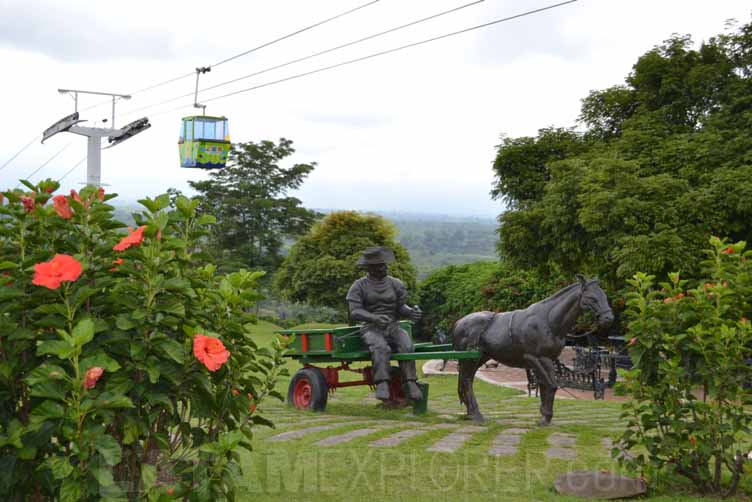
The hotel Termales Santa Rosa de Cabal, 23km (14mi) east of Pereira, offers everyone (including non guests) the possibility to hike through the neighboring mountains and enjoy its thermal swimming pools. Heading north towards Chinchiná, right after the border with Caldas, many farmhouses, some of them converted to hotels, offer tours allowing visitors to participate in the coffee production process. Once in Manizales you can comfortably spend a few hours getting acquainted to its historic center around Plaza Bolívar, where both the Cathedral and the Government building are located.
